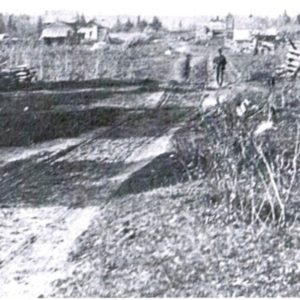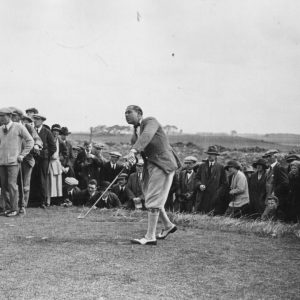On this day, October 21, 1970, Sleeping Bear Dunes National Lakeshore, home to massive sand dunes along Lake Michigan and North and South Manitou Islands, was officially established. Administered by the National Park Service, the park preserves nearly 72,000 acres of stunning shoreline, dunes, forests, and islands. In 2011, Good Morning America even named it “The Most Beautiful Place in America.” Cultural Roots The area has deep cultural roots, including a captivating Anishinaabek legend. According to the story, a mother bear and her two cubs fled a Wisconsin forest fire by swimming across Lake Michigan. Exhausted, the cubs drowned, and… Read More »













